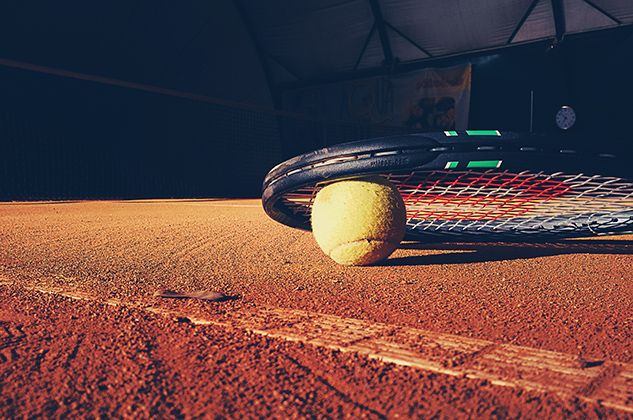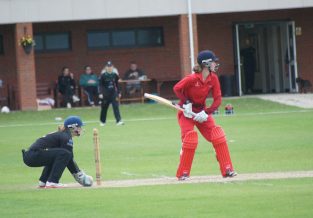Get in the Swing – How to Prepare for Tennis Season
Published on
18 Jan 2016

Call us on: (03) 9975 4133
The tennis excitement is starting to heat up! With Kyrios coming into good form and bringing home the Hopman Cup, and the Aussie Open starting on the 18th of January, baseline excitement levels are certainly rising.
The tennis buzz is infectious, whether you enjoy watching it on TV, from the front row of Rod Laver Arena, or simply relaxing and soaking up the ground-pass atmosphere at Melbourne Park.
All of this excitement can often get people in the mood to play a lot of tennis –including myself! This extra motivation is great but we all need to be careful not to over indulge, as a large spike in any sport or exercise is often a risk for causing injury. Let’s take a look at the best ways to minimise risk with the racquet in hand.
Avoid Overload
The most at-risk are those that haven’t played “in years” and may have possibly also lost some general fitness conditioning. The combination of deconditioning and sudden spike in playing tennis can lead to muscle strains. This is due to the insufficient strength required for the quick and powerful movements that are often required in a game scenario. The sudden spike in amount of tennis played per session, or frequency per week, can also overload your tendons and your joints as they are not prepared for so much physical activity so suddenly.
A good example of this kind of over-load injury is “tennis elbow”. This usually happens when we overload the forearm muscles with repetitive stress – like when you suddenly start playing a lot of tennis.
Furthermore, most people often underestimate how many muscles are actually used in playing tennis. Take your abdominals for example, with all the twisting and turning required to make certain shots, or the calf and foot used in the sudden and rapid change of direction. Therefore, slowly easing back into hits of tennis is helpful and will provide your body with the time required to adapt.
Don’t forget your stretching
The other area where people tend to go wrong is having a good tennis hit with a mate and then packing up, jumping straight in the car and heading home.
Just because we don’t see the superstars doing their stretching regime on the court after a match, doesn’t mean we can forget about it. I can guarantee the professionals would be doing a serious amount of stretching – not to mention water recovery – after each and every match.
Upper Back Stretching Regime – Ease (your) back in
Aside from the normal hamstring, calf, and quad stretches that most people tend to do, it is also important that you release your upper back. Upper back flexibility is crucial for all of the rotation and twisting involved with hitting and serving in tennis. If you are tight and stiff from a long day or week at work spent sitting at a desk, it’s likely that you will have limited rotation for your swing and serve.
This reduction in flexibility can then lead to an increased risk of injury in your shoulder due to the compensation. Your lower back can be affected too, as all the rotation will happen in this part of the spine.
A favourite stretch of mine that can help alleviate these issues is pictured below. The demonstrations depict a foam roller, however you can complete this stretch effectively without a foam roller as well.

Be Sun Smart
Last but not least, make sure you get yourself prepared for your hit as we all know that the Aussie summer can be very dangerous. Especially when you are playing 2-3 sets of singles on a 35 degree day. Sunburn and sunstroke are not fun for anyone!
Essential items for handling the harsh sun include:
- A good amount of water for hydration
- Hydralyte: a specialty electrolyte replacement drink, to help replenish what is lost through sweating
- Hat
- Sunscreen
- Light coloured clothing – avoid black as this attracts the heat
Practical Recommendations to avoid injury over this Aussie Open Season:
- Warm up well.
- Build up to more intense matches – have a hit the first few times where you’re not forced to sprint for balls and serve at your absolute maximum pace etc., in a match scenario.
- Try not to overload your body by playing 4 days in a row for example. Make sure you have a rest day so your body can recover and adapt, especially if it has been a long time since your last hit.
- Make sure you incorporate some stretching before and after play, particularly for your upper back, as pictured.
- Be sun smart J
Enjoy the season of tennis!!


